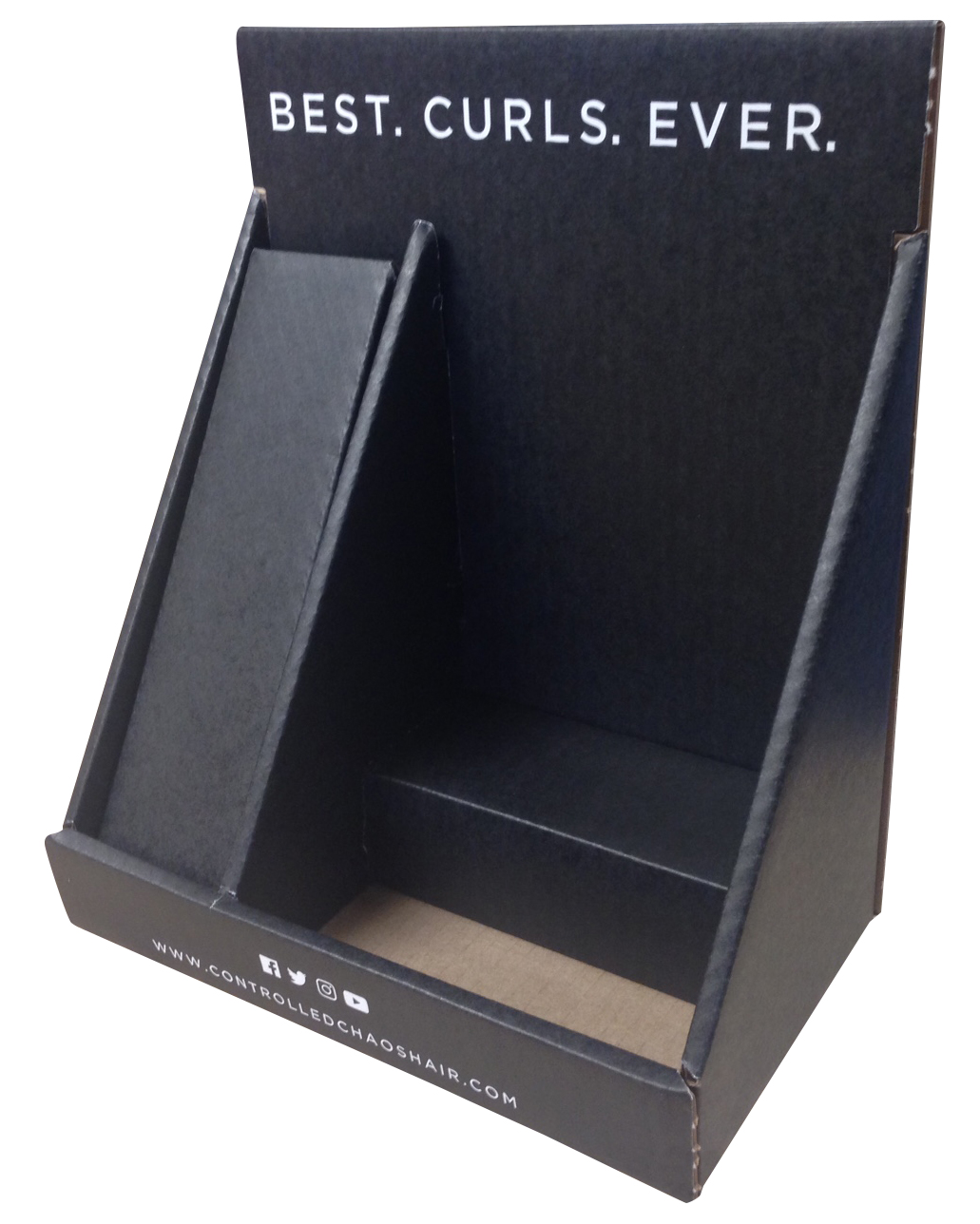Contrary to popular belief, retail sales success depends on more than product quality and price. While these factors may initially draw shoppers to your product, there’s much more to the story. Presenting an attractive, logical, user-friendly retail display scheme is another key piece of the puzzle. It involves using custom retail displays that capture customers’ attention and offer them added convenience.
Interactive custom retail displays also help brands stand out in crowded marketplaces, boosting awareness and recognition. But how do you create effective retail displays? Start by avoiding the following mistakes that keep affecting your bottom line.
1. Awkward or Disorganized Traffic Flow
Narrow, uneven or twisted paths that disrupt smooth traffic flow through a retail store can make shopping uncomfortable. Limited spacing between shelving units, POP display stands and display rack pathways may overwhelm and distract shoppers. Disorder discourages visitors from taking their time to browse the store. As a result, they spend less money than they would have if everything was simply and clearly organized.
You can avoid awkward and disorganized traffic flow by:
- Understanding buyer behaviors, such as how customers interact with merchandise and navigate a store’s aisles.
- Keeping a fast-traffic path to the registers and doors.
- Customizing your retail store layout with custom merchandise displays.
- Strategically placing products, focusing on high-profit merchandise in high-traffic areas.
- Avoiding cluttering or overfilling the shop floor and countertops with products.
2. Lack of Cohesive Rack and Shelf Design
Using too many types of racks and shelving systems detracts from the products and can even affect your shoppers’ psychological state. For instance, wood here, shiny metal there and mismatched glass displays can result in a cluttered look, heightening discomfort and anxiety. Racks and shelving designs must also correspond with specific seasons and match changing customer interests, attitudes and behaviors.
Ensure cohesive rack and shelf design by:
- Using a consistent retail display material, such as corrugated cardboard custom displays.
- Creating displays with varying heights and depths to keep the rack and shelf design interesting and appealing.
- Mixing and matching retail display styles, colors and textures that complement each other.
- Updating graphics on POP displays to match the season and increase sales and profits.
- Creating temporary displays to promote new products, seasonal merchandise and sales items.
3. Excess Product Variety
Too many products or multiple types of products displayed together can create clutter and confusion. In a smaller retail store, a rack of 20 identical shirts can lend the impression that you don’t offer variety. A shelf with 10 different individual products can fluster the indecisive shopper, making it more difficult to decide what to buy. Excess products and varieties make restocking difficult, overwhelming customers with options.
The following practices can help minimize product clutter and confusion:
- Identify the products you want to push and display a few of them prominently.
- Shelve similar items together, but do not overwhelm shoppers with too many selections.
- Display complementary products next to each other to promote items often bought together.
- Place sales or promotional items in prime locations where customers easily take notice.
- Use visual displays to provide customers with more information about high-end products, convincing them to buy.
4. Bad Lighting, Poor Airflow and Other Building Issues
Certain retail store elements, like lighting and airflow, streamline customers’ retail journeys. Bad lighting, for instance, inhibits the readability or legibility of important product information like price, ingredients and promotion details. Poor airflow, stuffy air or bad smells can cause discomfort to customers. They can even pose problems like headaches and aggravated allergy symptoms, leading them to cut their shopping trips short.
Improving the atmosphere to boost shopper comfort in retail stores may involve the following steps:
- Position air vents so they don’t blow directly where shoppers stand in checkout lines or on lightweight point-of-sale displays.
- Keep merchandise clean and organized using custom cardboard retail displays.
- Use warm, yellow, incandescent lighting that’s inviting and comforting around checkout areas.
- Incorporate bright, blue-hued light for a modern vibe to create a sense of space and help customers find products faster.
Case Study: Successful Retail Display Campaign
Avoiding the above mistakes leads to a successful retail display campaign that increases traffic and sales. For example, United Hardware updated its retail displays to expand its inventory from hardware products to consumables. With affordable and quick assembly of POP displays from Creative Displays Now, United Hardware boosted product sales by up to 200 units.
Avoid Mistakes in Retail Display With Creative Displays Now
All retail stores need a functional and feel-good display layout and design that works with their product types and customers’ interests an
d habits. With planning and care, you can rectify fundamental mistakes like bad traffic flow and cluttered merchandise.
While these tips help optimize retail displays, it’s worth looking into emerging retail trends such as AI-powered personalization and advanced data to deliver a unique shopping experience for every customer. Finding the right product display designs can improve sales and help you succeed in any type of retail establishment.
Need some help? Creative Displays Now has you covered! If you’re looking for unique, show-stopping displays to take your retail merchandising experience to the next level, reach out today or call us at 1-855-284-6922. We can’t wait to show you what we can do for you!


